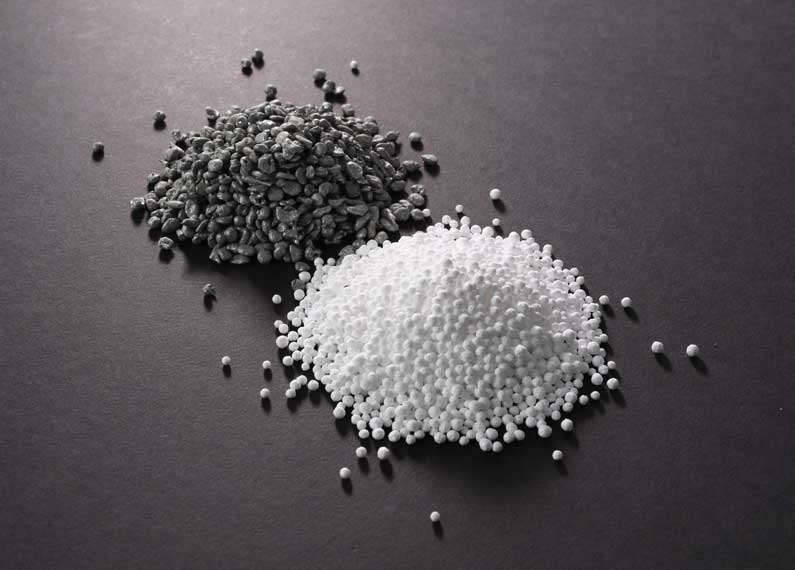Ambri aims to install 250 MWh of its calcium-antimony battery in a data center application in TerraScale’s Energos Reno project starting in 2021. Ambri is an MIT-spinoff that has been threatening to build and deploy a low-cost, long-duration liquid metal battery for more than a decade. Ambri’s technology is based on the research of MIT’s Donald Sadoway and inspired by the economies of scale in modern electrometallurgy and the aluminum smelter. The company has raised more than $50 million in venture capital from investors including the family office of Karen Pritzker and Michael Vlock, Khosla Ventures, Bill Gates and French energy major Total.
China, already the biggest manufacturer and installer of solar PV in the world, is forecast to double its annual installation of solar to 85 GW as it ramps up efforts to meet its emissions target for 2060. Analysts and close China industry watchers at HSBC say in a new report that solar installations in China could be 75 GW to 85 GW a year during the 14th Five Year Plan, which will cover the period from 2021 to 2025, and which forms the basis of the Chinese government’s central planning. This is significantly higher than previous run rate of 30 GW to 50 GW per year over the last five years, and could result in a scaling down of new coal-fired power. Source: Renew Economy
Battery energy storage fever … or fizzle? Despite this rosy forecast for storage, creating projects with competitive economics has been an elusive endeavor. Firming renewables, providing peaking capacity, congestion relief, voltage regulation, loss reduction, infrastructure deferral and resiliency are just a few of the many utility-scale applications of stored energy. But, even in regions with ancillary services markets, making storage projects profitable has not been a slam-dunk — and this is after the FERC passed Order 841, requiring ISOs to create rules that allow storage to compete in wholesale markets. Source: T&D World
Rate design innovations are boosting the energy transition: Three Maryland investor-owned utility pilots of new TOU rates significantly reduced peak demand and customer bills, a September 2020 Brattle Group assessment found. Maryland was ready for new rates because it had deployed smart meters, its customers were familiar with alternative rates, and distributed energy resources are growing there, said Brattle Principal Sanem Sergici, who led the study of the pilots. Those states have shown that success with TOU rates can allow utilities to begin to integrate more variable and distributed generation and lead to more sophisticated time-varying rates. Source: Utility Dive
Plug Power raises $1 billion for U.S. green hydrogen infrastructure build-out: Plug Power raised about $1 billion in a bought equity transaction to build what could be the first U.S.-wide network of green hydrogen production facilities to supply fuel-cell-powered vehicles. The company, the country’s largest user of hydrogen to fuel forklifts, also intends to build a gigafactory to expand production of fuel cells and electrolyzers. Plug, founded in 1997, supplies fuel cells for forklifts operating in warehouses at Amazon, Walmart, DHL and Home Depot. Source: Greentech Media
This content is protected by copyright and may not be reused. If you want to cooperate with us and would like to reuse some of our content, please contact: editors@pv-magazine.com.








Long video but a fascinating story on Ambri’s battery development:
Perfect product for micro grids. Scaleable and robust. Does need to reach a lower price point.